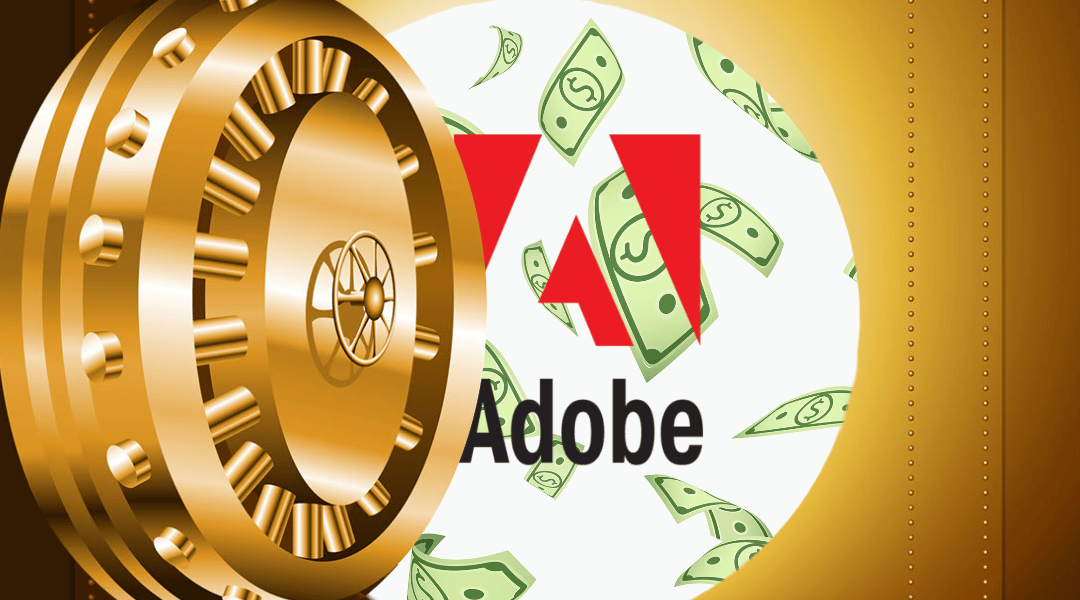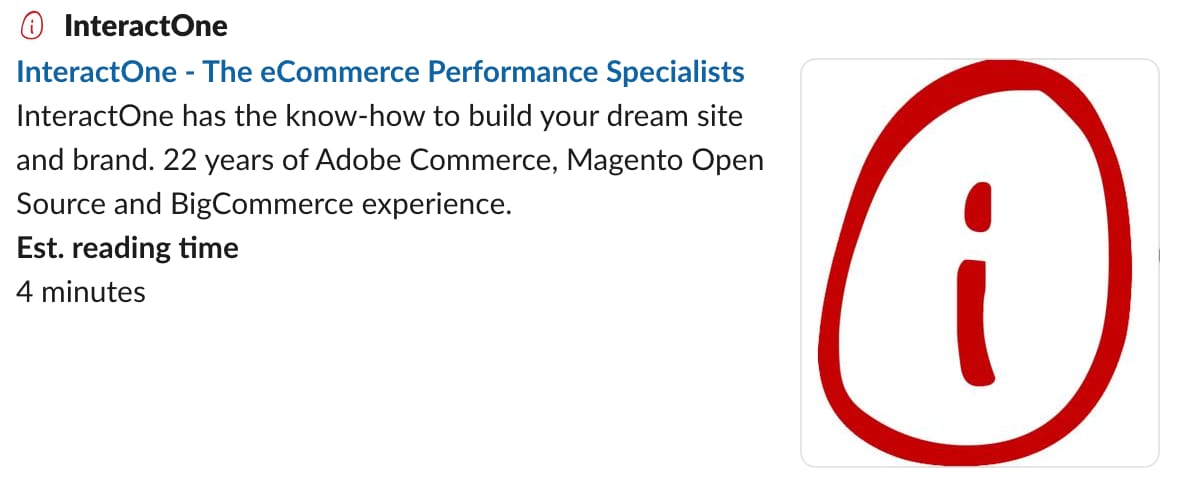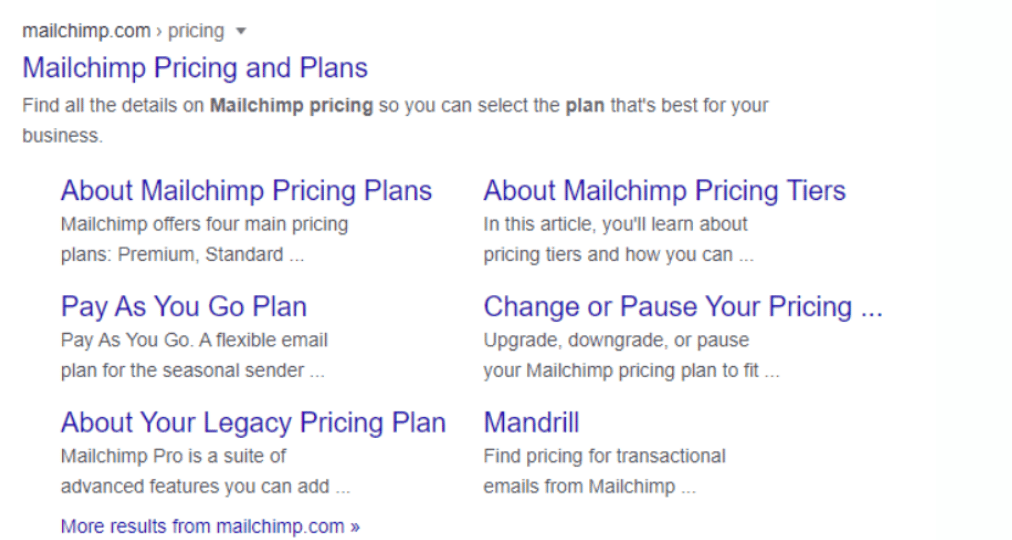
Holiday Season 2022: Engaging with Boomers 🎅🎄

Marketing to Baby Boomers can show significant returns for your business if you take the time to do it correctly. Despite the misconception that they are not particularly technologically inclined, the reality is they are pretty friendly when it comes to technology. According to a report from Statista, 78% of this age group own a smartphone, 66% own a laptop, 58% own a desktop, and 46% own a tablet.
Those numbers begin to waver, though, with wearables and home assistants, like Google Home and Amazon Alexa. Still, that leaves a wide berth for you and your team to get their foot in the door when targeting this generation who make 20% more online purchases than Millennials and spend more than $200 billion more annually than Generation X.
As you embark on this holiday season, building a connection with one of the largest sectors of shoppers could be the X-factor in a crowded eCommerce space. Read on for a few key strategies that will help you increase sales and give you a leg up on the competition this holiday season.
Don’t miss our other popular holiday blog, ‘Engaging with Gen Z.“
What Do We Know About Boomers?
The second-largest generation, the Baby Boomers, also referred to as the ‘Me Generation’ consist of those born from 1946-1964. This generation is marked by a more traditional worldview, dominated by the ‘pull yourself up by your bootstraps’ and ‘the customer is always right’ mentality.
What Do Boomers Want?
They are more interested in not only getting the most bang for their buck, but they seek products and services that will add adventure to their lives. Unlike Millennials, they are far less interested in brands’ moral and ethical persona.
Instead, they want businesses to impress them with results that speak louder than any targeted email or direct mail campaign, social media marketing, or PPC advertising strategy.
Boomers expect brands to stand behind their claims and are more than willing to search online, or in-person, for product information before spending their hard-earned cash. That puts a lot of pressure on businesses that want to effectively market and grow online sales with Baby Boomers.
Side Note: Baby boomers spend an average $203 on each online purchase, far surpassing the average spend of their millennial counterparts.
Tips for Engaging with Baby Boomers
Because they are both progressive and traditional, many digital retailers like yourself face challenges reaching Baby Boomers. To help, we want to leave you with some tips you can start working on more effectively today to reach this generation.
Leave Behind the Notion that Baby Boomers Don’t Use the Internet – It might come as a shock to those who believe that it’s only worth executing a digital marketing strategy for the younger generations, Gen Z and Millenials, but 51% of Baby Boomers spend 15+ hours a week online, compared to 41% of Millennials. And according to Forbes, 96% of Baby Boomers use search engines as one of their top resources to gather information on products and services.
In addition, more than half are on Facebook and other social media channels such as YouTube and LinkedIn, but where should you funnel your budgets and strategy?
Boomers Use Social Media to Connect with Family and Friends – While positive sentiments about social media may seem optimistic at face value, you and your team should consider that Baby Boomers see advertising as intrusive and not engaging. This is because they want their social media experience to center around connection instead of commerce. Boomers post and search a lot on social media. They don’t shop.
The only exception to this general rule is to introduce them to video and related blog content that centers around non-sales topics. In terms of overall presence, YouTube is the most popular “social media platform,” with 68% of this generation saying they regularly use it. Baby Boomers often engage with the video content socially by sharing with friends, adding comments, and reposting. This is where your opportunity to find creative ways to skip the sales act and educate them on your product or service by providing insights and information that align with their interests. Create ads masked as shareable content (news articles, how-to guides, crafting activities to do with your grandkids during the holidays, etc.). Tie in features about your company’s products and services. This will get their attention before any retargeted ad or branded content on social media.
Don’t Discount Good Customer Service – As already noted, this generation craves a connection with others, even when it comes to your brand. What are we getting at? Baby Boomers want to speak to a real person. Whether through FaceBook messenger or your eCommerce website, you can help ensure this generation is satisfied with your level of customer service by incorporating non-automated live chats similar to big retailer giants like Amazon or Starbucks.
Skip the Hashtags and Slang – Since Baby Boomers see themselves as active, we recommend staying away from words that mention aging like ‘golden years’ or ‘elderly’ and explicitly referring to them as ‘Boomers.’ Reflect this in the imagery you use in your marketing materials. Whether it shows them kayaking or working out, active, aspirational imagery will resonate with your prospects, who don’t see themselves as old.
They also are not “hip” to internet slang so steer clear of trendy terms that younger generations might be more accustomed to. For instance, you may know what “lol” or” smh” mean, but some Baby Boomers may not. That’s why we recommend passing on the internet shorthand when marketing to Baby Boomers as there’s a high likelihood your message will be misunderstood. Since this generation and consumers, in general, won’t buy a product that confuses them, it’s best to keep your message clear and concise and you’ll gain more traction.
Include Price at the Top of the Funnel – While Baby Boomers have more disposable income than any other generation, they still are comparing prices at the top of the funnel. What does this mean for your marketing strategy? You should always include pricing information or verbiage that highlights a sale or clearance.
Don’t Be Afraid of a Little Clickbait – Although Baby Boomers are digitally savvy, they don’t always possess internet knowledge to decipher between what is legit versus what is not, and thus they may be prone to respond to clickbait headlines. If you want to capitalize on this, avoid writing headlines that are vague or don’t offer them any benefit. When developing your messaging, think about some of the things Baby Boomers value, such as family, health, and finances, then build the rest of the headline from there.
Focus on Keywords and SEO – Search engine optimization (SEO) should top your priority list if you want marketing to Baby Boomers to succeed. If you’ve taken the “set and forget” approach with SEO, now is a good time to refresh your campaign. Ensure you’re targeting the keywords your prospects are searching for so that they can find your community in search engine page results.
Like other consumer demographics, Baby Boomers are careful to do their research before they buy. They like to read reviews and recommendations, and even visit the company’s site to research the product or service. In fact, 70% use search engines to find information about products prior to purchase. Don’t let your SEO strategy fall by the wayside.
With this group spending 27 hours per week online, that’s plenty of screen time to catch their click with the tips addressed above. You could boost a post about an upcoming event or display an ad that touts their ‘active lifestyle.’ The possibilities are endless!
Bringing It All Together
The holidays will be here before you know it, so now is the perfect time to start showing Baby Boomers why your business stands out from all other options at their fingertips. Because of the size of the baby boomer population, nearly every eCommerce retailer has an audience available to them in this marketing sector. Reach this audience and capitalize on their disposable income by marketing with the right tone, speed, and story on the platforms they express they gravitate towards the most – FaceBook, YouTube, and LinkedIn. This is how you can get this generation to interact with your business. In return, they will richly reward you with their loyalty and disposable income.
Drop Us a Line At:
Or, if you prefer an old-fashioned phone call:
Phone (USA): (513) 469-3362
4665 Cornell Rd. Suite 255
Cincinnati, OH 45241










 Choose niche keywords: It’s well-known that keywords are the words or phrases typed into search boxes when looking for something, for example, “Columbus takeout’ or ‘marathon training.’ Google looks for such keywords on websites and uses them to decide how relevant site content is to a specific search query. This means you need to choose keywords that align with your product or service and your customers needs or pain points and use them appropriately in content across your site. To identify your keywords, consider what your business offers and what makes it unique. Since many other businesses will likely share the same keywords, keep yours as specific to your offerings as possible. The trick is finding keywords with low competition and high search volumes. That’s where your expert team, like the folks at Interactone, needs to put in the work.
Choose niche keywords: It’s well-known that keywords are the words or phrases typed into search boxes when looking for something, for example, “Columbus takeout’ or ‘marathon training.’ Google looks for such keywords on websites and uses them to decide how relevant site content is to a specific search query. This means you need to choose keywords that align with your product or service and your customers needs or pain points and use them appropriately in content across your site. To identify your keywords, consider what your business offers and what makes it unique. Since many other businesses will likely share the same keywords, keep yours as specific to your offerings as possible. The trick is finding keywords with low competition and high search volumes. That’s where your expert team, like the folks at Interactone, needs to put in the work.














